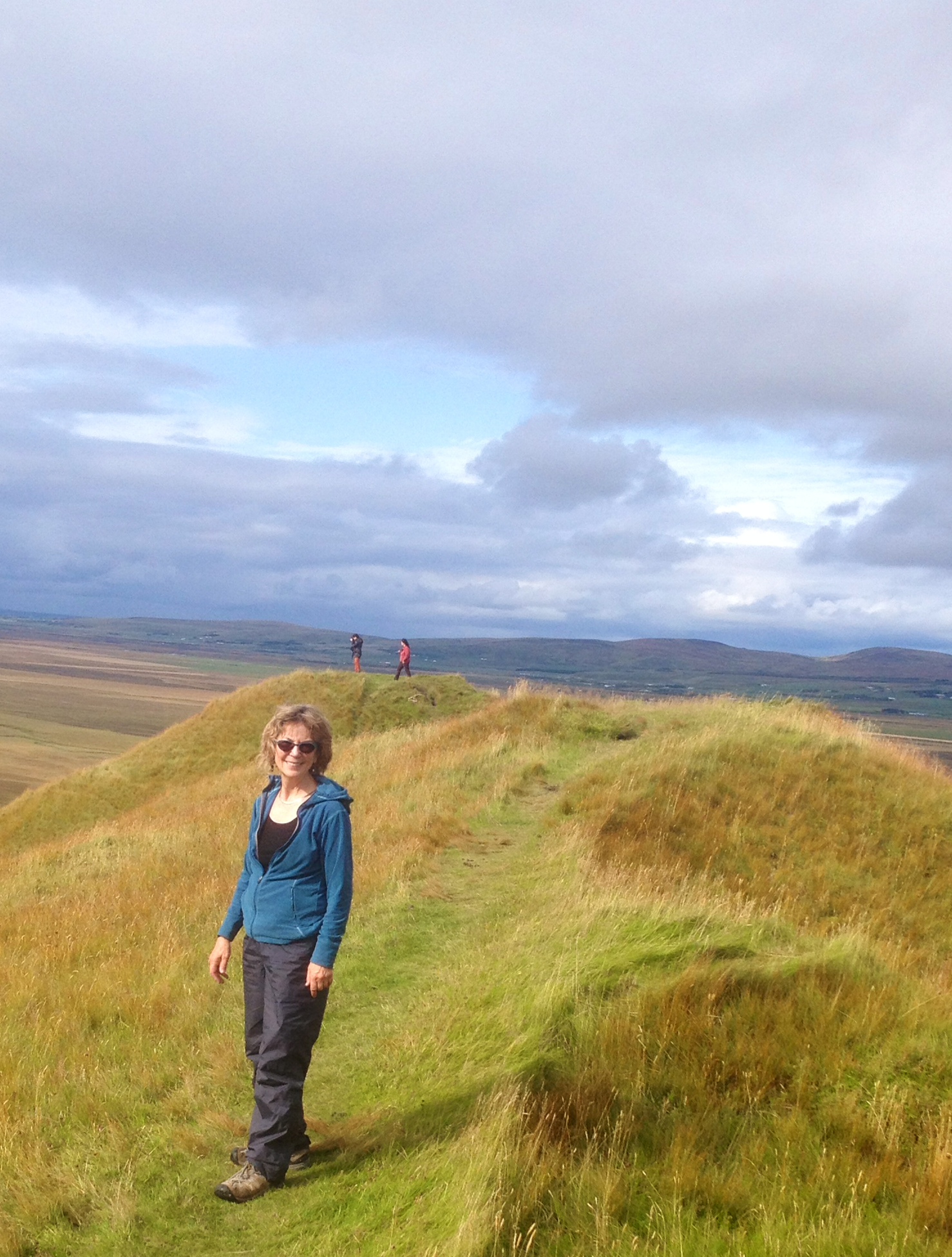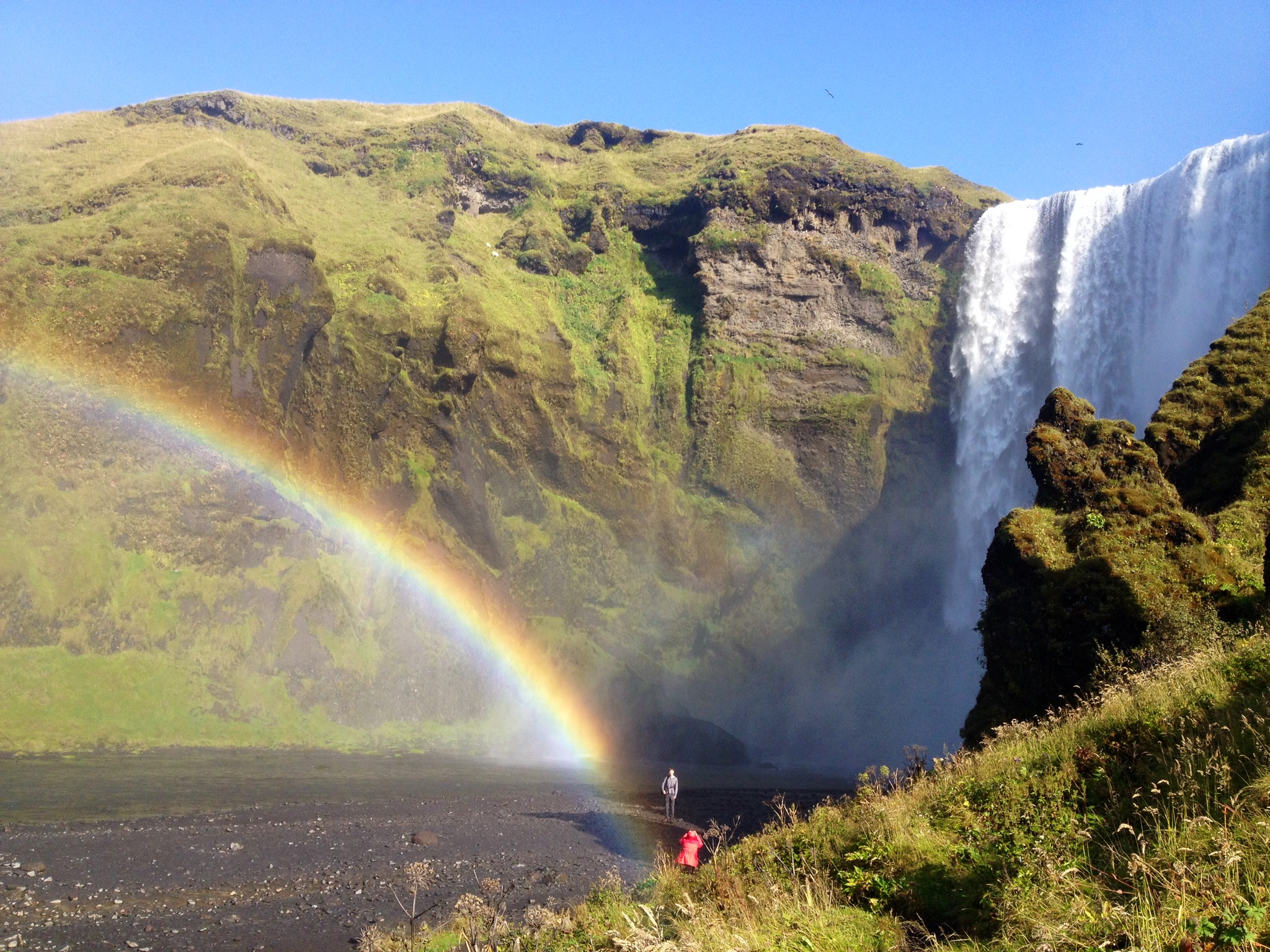Day 5 (September 3): Smaratun and Saga Museum
The view from my farm window this morning was giant white turkeys. The male could have been my height, but his plumage would have made him too wide to go through that little church door at Thingvellir!
We had a late and leisurely breakfast followed by a lively discussion of Hrafinkel’s saga, a curious piece leaving much room for interpretation. We were fortunate to have our literate guide to supply necessary information on customs and history.

This was followed by a hefty lasagne lunch—just what we needed as we split into groups for the afternoon. Some took the bus and climbed the “mountain,” a 17-meter hill visible from the farm, where some of the battles in Njal’s saga took place. I happened to have read Njal in the hospital after [my son] Paul was born. But my memory is dim, and I opted instead to take a long hike around the farm. We arrived back at the farmhouse hotel at exactly the same time.
We had a couple of hours of downtime, then boarded the bus for a tour of the region, which is famous for being the place where most of Njal’s saga took place. Njal is a marvelous book, and it was exciting to get a visual of the saga which was recorded a millennium ago and still engages modern readers. This Smaratun region is very beautiful, green rather than volcanic, dotted with little sheep, horses, and big rolled haystacks tightly covered in white plastic, resembling marshmallows for a troll’s bonfire!
We saw the site of Njal’s farmhouse (still a working farm, but with a much improved dwelling place) and also the little church which figures in the saga.
We also visited Gluggafoss, a beautiful waterfall created by volcanic activity, before going to the Saga Museum dedicated to the Njal story. The saga is presented in a series of rooms, abridged, of course, and amply illustrated. Very well done! There were also other illustrations of early Icelandic customs, an art exhibit, and a replica of an Icelandic long-house where we feasted on Icelandic lamb while sitting on benches covered in horse and sheep hides.
We had a special lecture on feminism and the status of women in Iceland, delivered by an Icelandic playwright and poet who was most entertaining.
The sun was out for most of the day and the farm air is deliciously fresh!
Day 6 (September 4): South Coast
Today we toured southern Iceland and found a distinctive terrain between the two glaciers (their other side visible from our farm) and the sea.

We stopped at two stunning waterfalls, Seljalandsfoss and Skogafoss, and had the opportunity to view them from above and also to walk behind them. (I climbed partway up and was satisfied with the view.) They are truly majestic. One rainbow ended in the pool before us, but the water was too cold to wade into, so we abandoned hope of finding the pot of gold!
We also visited two black sand beaches around the village of Vik. The “sand” is black pebbles of varying sizes, and giant cave-like rock formations line the beach. The waves are thunderous and treacherous, and the entire scene is majestic. Three giant rocks in the water are called the three trolls; the story behind them being that they were delayed as they set sail, and were turned to stone at dawn because, like vampires, trolls cannot handle sunlight.
The Skogar Folk Museum is a wonderful place where they have restored turf farmhouses, a school and church which we could enter, and filled the museum with artefacts used in fishing, farming, and domestic life from past centuries. Fascinating—this museum brings our readings to life with tangible objects mentioned in our readings.
We had dinner in a little rural café—home cooking and entertainment as the proprietors sang and played songs they had written.
Tomorrow’s a big day so we are packing it in early, but there is some chance of seeing the Northern Lights and as this is our last night on the country a few of us will be checking the sky at 4 am.
Day 7 (September 5): Eyarbakki, Blue Lagoon
Today was lots of fun. First thing in the morning I watched the farm dog round up all the horses from the pasture.
After breakfast we discussed one of the Icelandic sagas. Great discussion.
Then we checked out of the farm hotel and headed along the southern coastline to a charming restaurant in little fishing village, Eyrarbakki, which looked very much like Newfoundland or Nova Scotia. Many of the houses date back to the 19th century and have been beautifully restored. We had langoustines for lunch.
Then we continued along the coast through extensive lava fields covered in moss until we reached the Blue Lagoon, where we spent a couple of hours in the hot springs.
We continued back to Reykjavik to check into our first hotel. Three of us had a delicious dinner at a restaurant that had been praised by Jamie Oliver, and which lived up to his recommendation. I had fresh Arctic char.
Later in the day Yrsa talked about parental leave for births, education, the geology of the areas we had been driving through, and ended with a fascinating explanation of the lack of interest in alcohol on the island. Women got the vote in 1915, and the first thing they did was make the consumption of alcohol illegal! In the 1920s Spain wouldn’t buy salt fish unless Iceland bought red wine, so Spanish wine was allowed on the island. Beer wasn’t legal until 1989. But spirits were OK, so people poured vodka into alcohol-free beer. Icelandic beer was made only for export and U.S. Army bases. Icelanders are not big drinkers on a daily basis, but Friday is binge day.
Along with these lectures, Yrsa plays CDs of popular Icelandic music for us.
Click here for Part 3.


